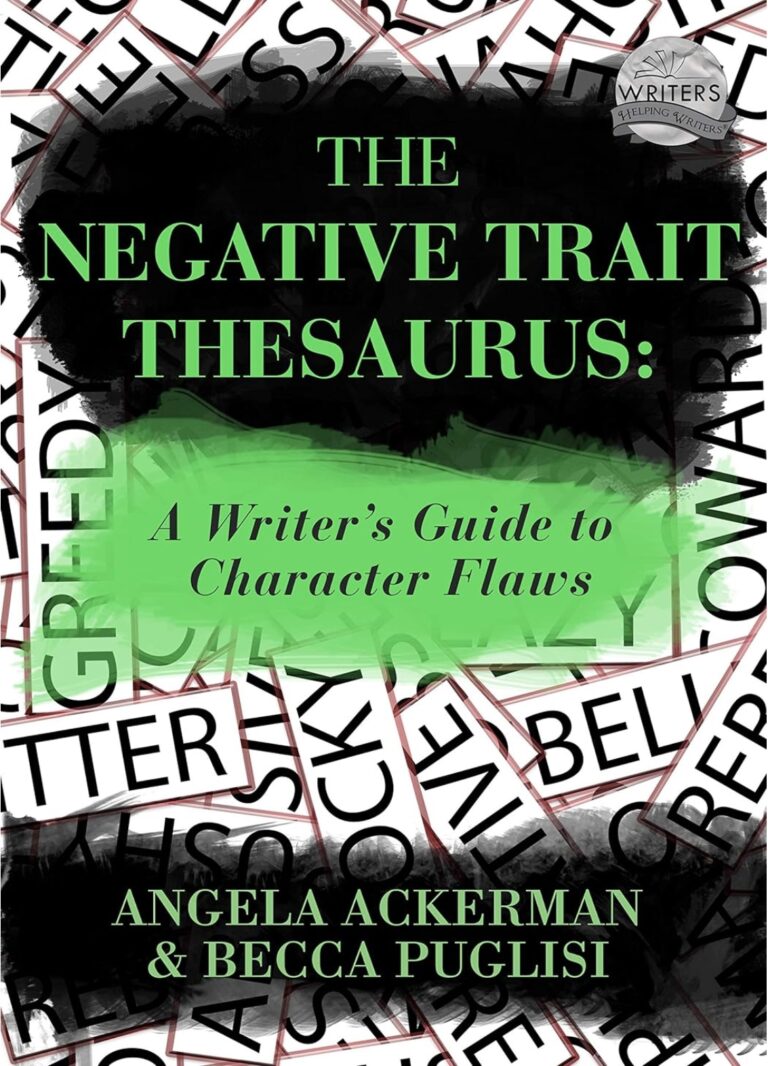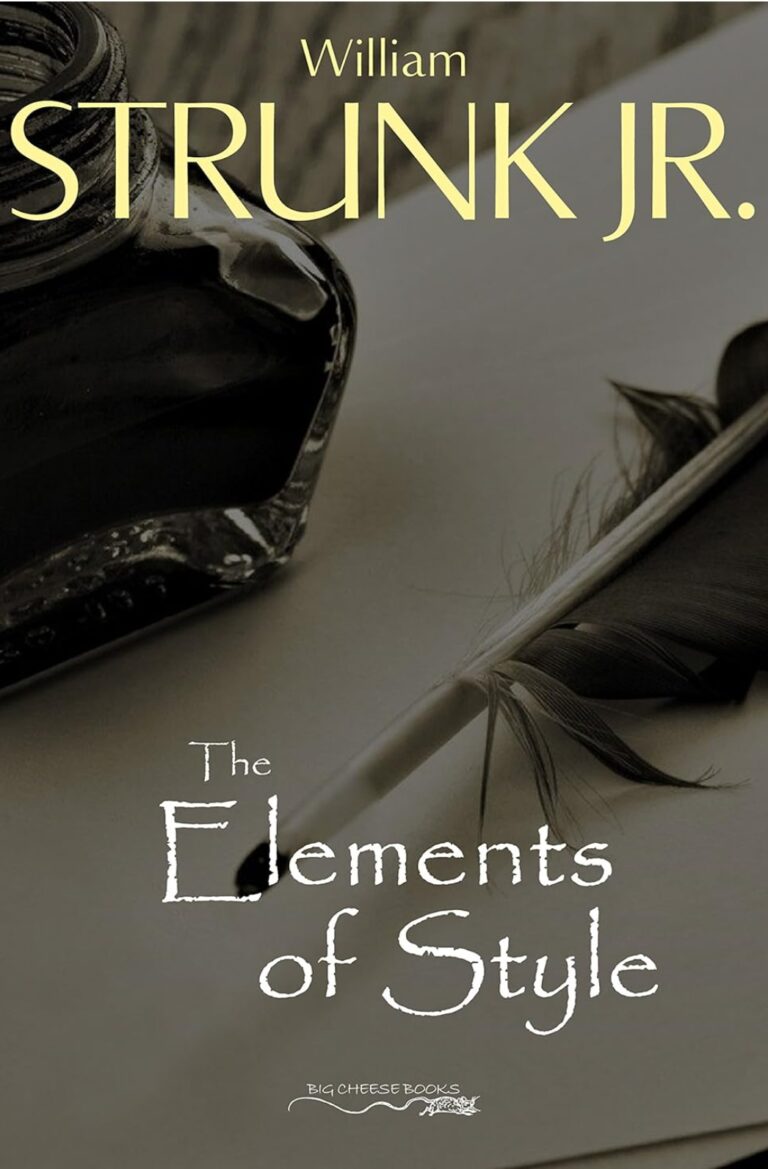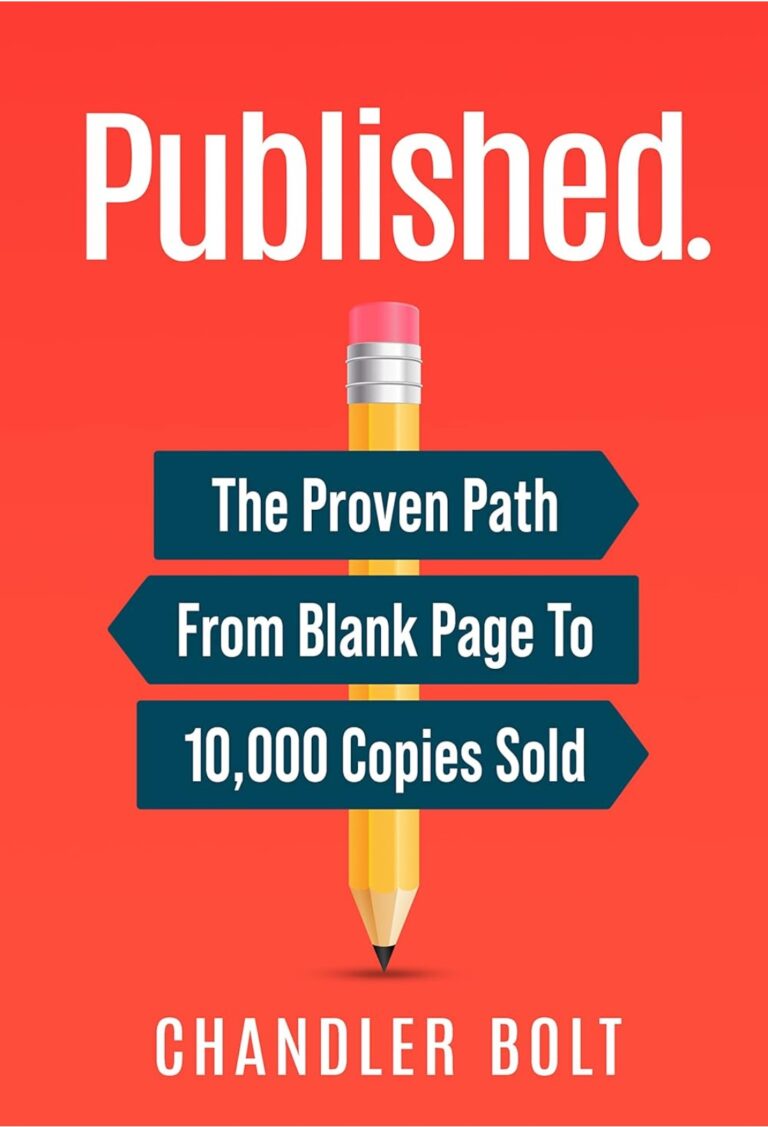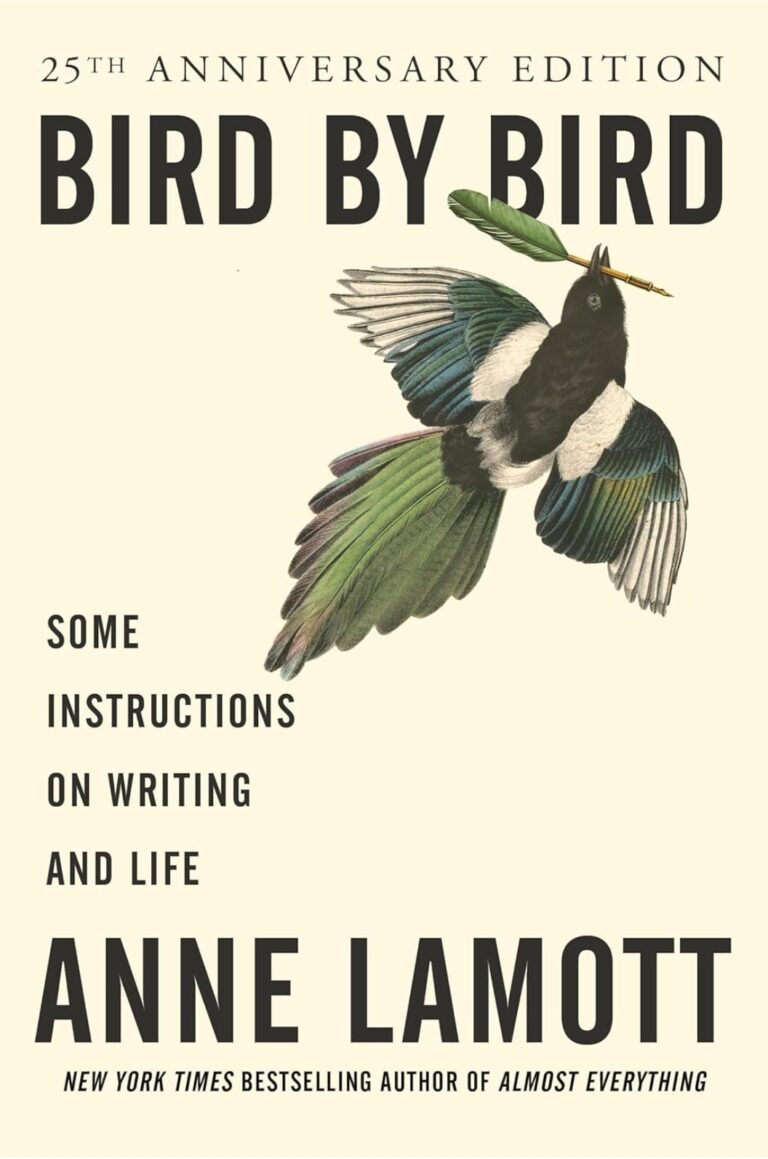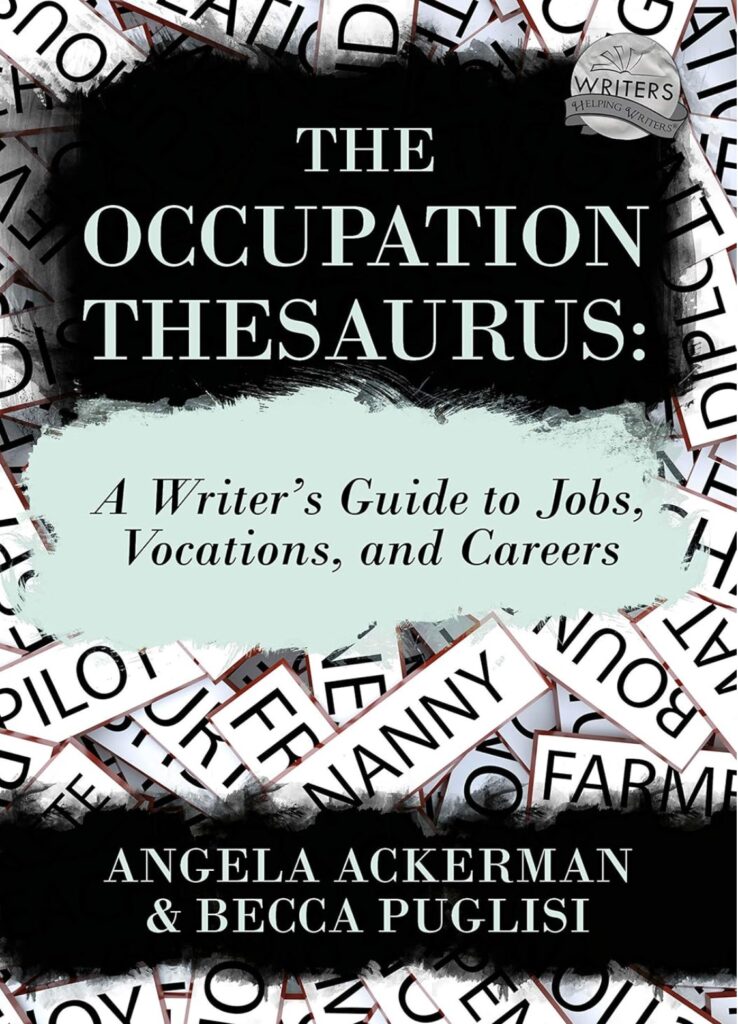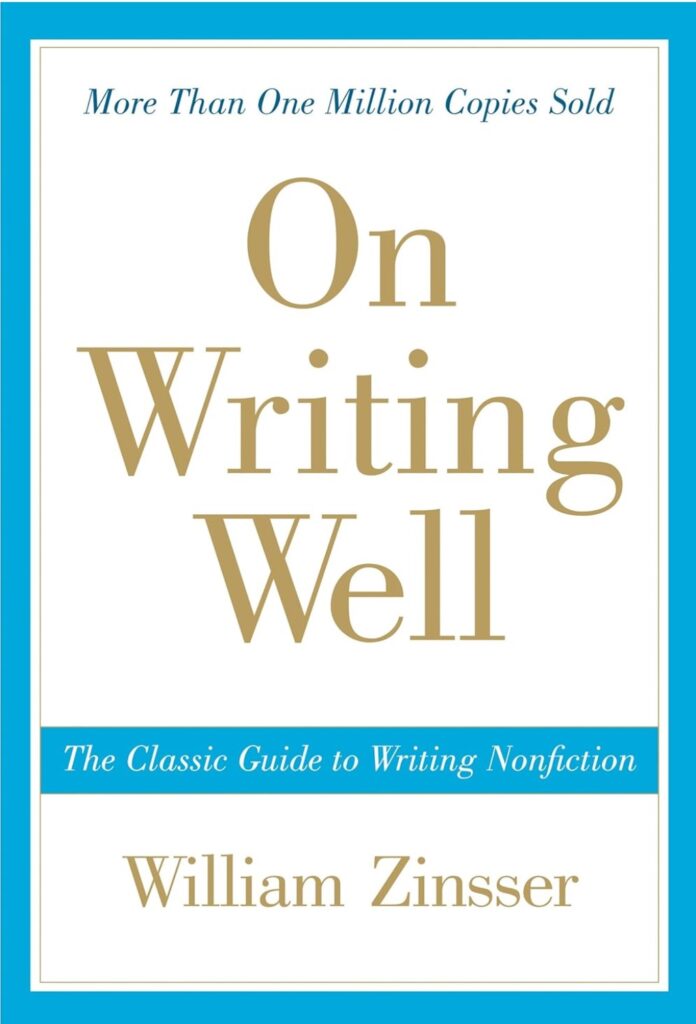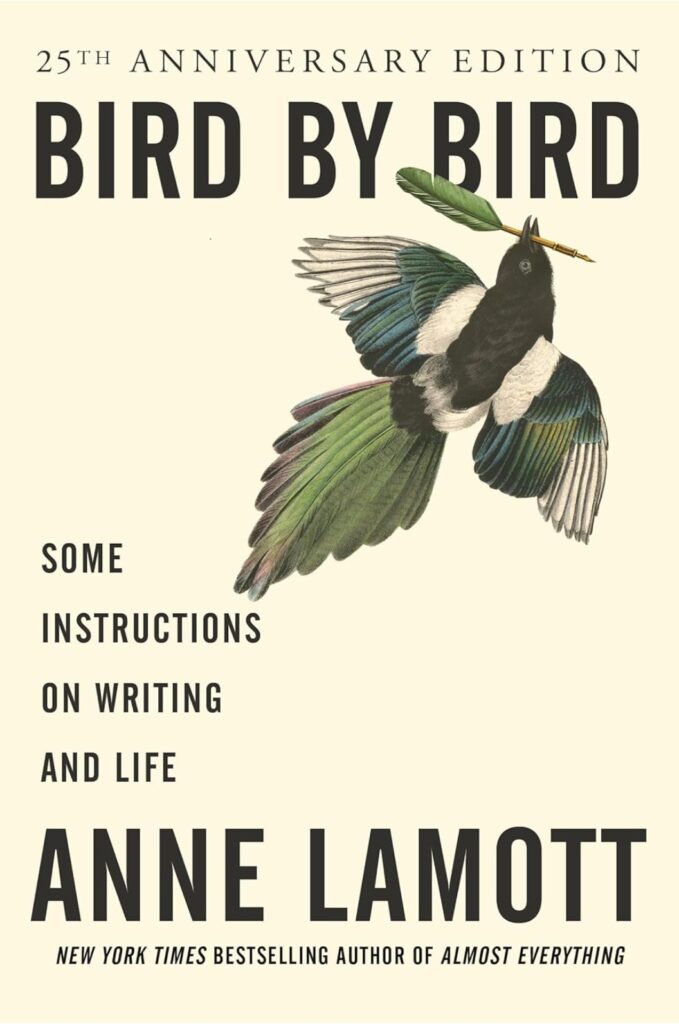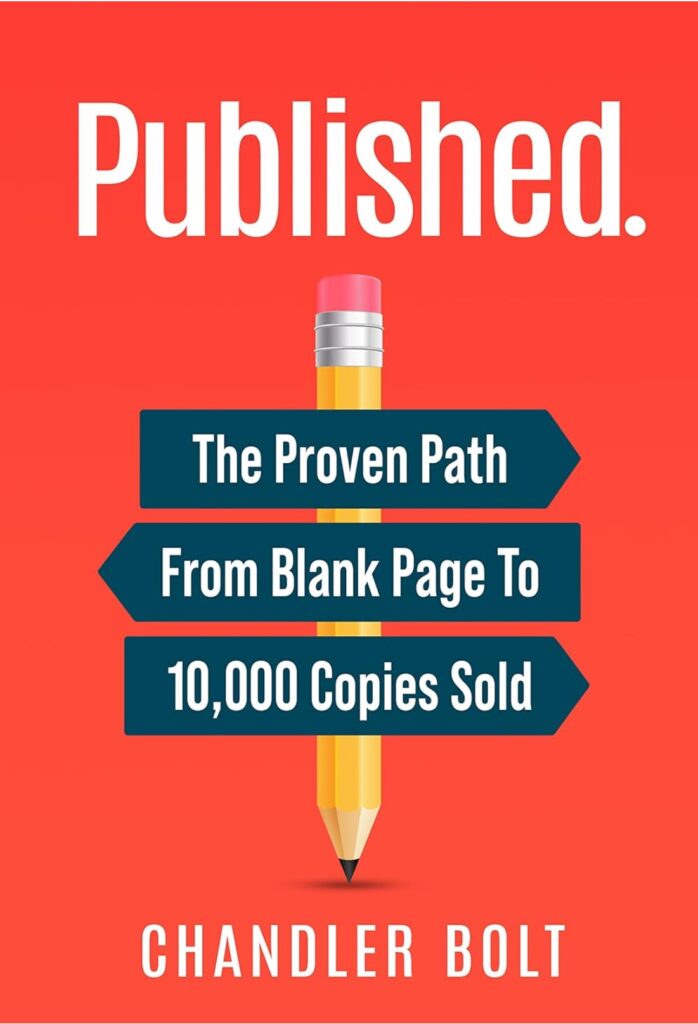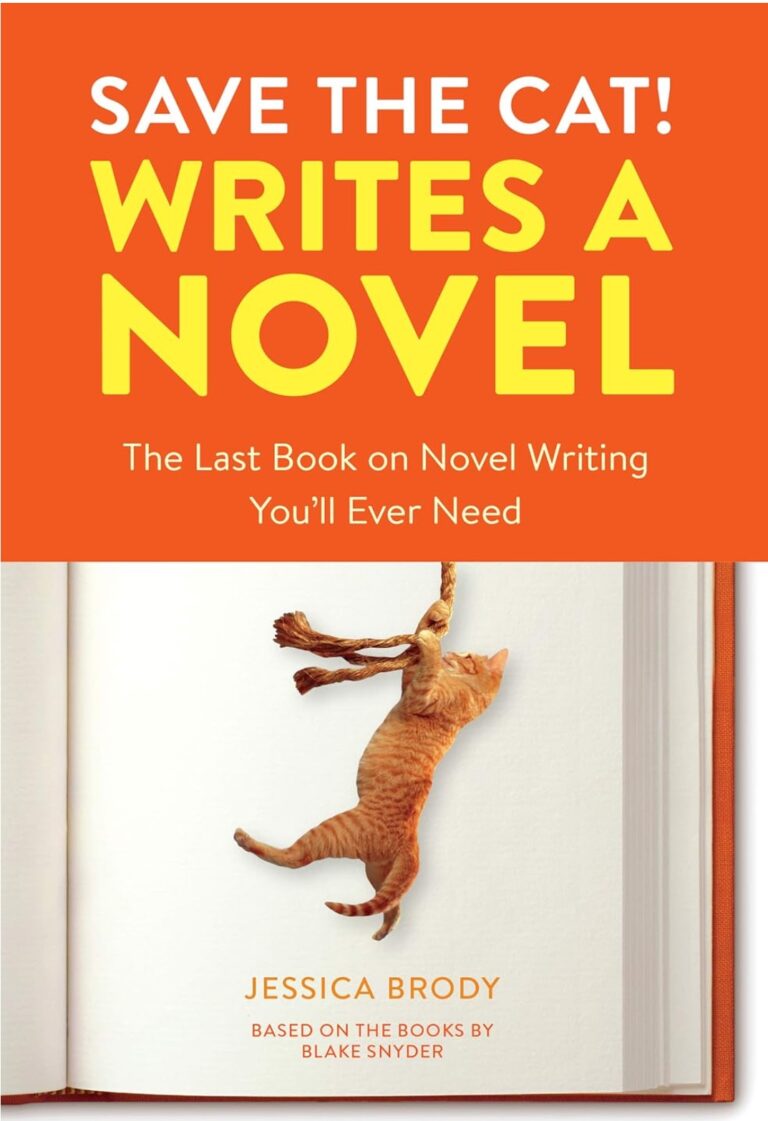Unlock the secrets to creating compelling conflicts with The Conflict Thesaurus: A Writer’s Guide to Obstacles, Adversaries, and Inner Struggles. This essential resource helps you seamlessly integrate complex conflicts into your stories.
Enhance your paranormal and alien romances with multi-dimensional, relatable characters facing authentic challenges. Craft engaging narratives that keep readers hooked.
Transform your writing with practical tips and insights from this invaluable guide. Perfect for creating emotionally rich stories.
As a romance author who thrives on creating captivating insta-love stories, I constantly seek resources to enrich my storytelling. The Conflict Thesaurus: A Writer’s Guide to Obstacles, Adversaries, and Inner Struggles by Angela Ackerman and Becca Puglisi has been a game-changer for me.
This book provides invaluable insights into the complexities of conflict, which is essential for driving narratives and deepening character development, especially in my paranormal and alien romances.
Table of Contents
ToggleUnderstanding the Importance of Conflict
Why Conflict is Essential
In my experience, conflict is the heartbeat of any compelling story. It propels the plot forward and reveals the true nature of characters. The Conflict Thesaurus delves into various types of conflict, offering detailed descriptions and examples that help writers create believable and engaging obstacles.
This has been particularly useful in my writing, allowing me to craft tension-filled scenes that keep readers on the edge of their seats.
I’ve read the book and used its insights to heighten the tension in a novella I wrote about a werewolf. The protagonist’s internal struggle with his dual nature, coupled with external conflicts with rival packs, created a rich, multi-layered narrative.
By exploring the book’s section on inner struggles, I was able to portray his battle with self-acceptance in a more nuanced and relatable way.
Applying Conflict to Paranormal and Alien Characters
Crafting Unique Conflicts for Supernatural Beings
One of the strengths of The Conflict Thesaurus is its versatility. The book’s comprehensive list of conflicts can be applied to a wide range of characters, including supernatural and alien beings.
I’ve found that by incorporating unique conflicts into my paranormal characters’ lives, I can make their experiences more relatable and their arcs more compelling.
In a story I wrote featuring an alien hero, I used the conflict of cultural clash to shape the narrative. His struggle to adapt to human customs while trying to win the heroine’s heart added layers of complexity to the story.
The book’s detailed exploration of external conflicts helped me portray the nuances of his challenges and the growth he experienced through them.
Enhancing Character Arcs
Character arcs are at the heart of my stories, and conflict plays a crucial role in their development. Ackerman and Puglisi’s book provides invaluable insights into using conflict to create compelling character arcs.
By understanding a character’s obstacles, I can craft believable growth and transformation.
In a novella I wrote about a ghost, the heroine’s inner struggle with guilt over past actions was central to the story.
I’ve applied what I learned in the book to depict her journey towards forgiveness and redemption. Her internal conflict drove her actions and decisions, making her journey towards peace and love deeply satisfying for readers.
Practical Applications and Writing Tips
Integrating Conflict Seamlessly
One practical benefit of The Conflict Thesaurus is its advice on integrating conflict seamlessly into the story.
The book emphasizes showing conflict through behaviors, dialogue, and internal monologue rather than explicitly stating it. This approach has been incredibly effective in my writing.
For example, in a story I wrote about a minotaur, I introduced his conflict of being torn between his duty to protect his people and his desire to pursue love.
Rather than outright stating his dilemma, I showed it through his actions and the tension in his interactions with others.
This not only made his conflict more believable but also allowed readers to discover it naturally, enhancing their engagement with the character.
Creating Conflict and Resolution
Using conflict to create tension and drive the plot is another key takeaway from the book.
Obstacles and adversaries can lead to a variety of misunderstandings, clashes, and challenges that characters must overcome, adding depth to the narrative and making the resolution more rewarding.
In a novella I wrote about a human-ghost romance, the heroine’s conflict with her fear of the supernatural creates significant tension in her relationship with the ghost hero.
Her struggle to reconcile her fears with her growing feelings for him added layers of complexity to the story.
The book’s guidance on handling fear and overcoming obstacles helped me craft a realistic portrayal of her journey towards acceptance and love.
Enhancing Emotional Depth
Adding Layers to Relationships
Conflict adds layers to relationships, making them more dynamic and interesting. In my insta-love romances, I use conflict to create initial tension and obstacles that characters must work through, leading to deeper connections.
I’ve read the book and used its insights in a story where the hero, an alien, faces conflict with his own people over his love for a human.
This external conflict, combined with his internal struggle with loyalty, added a layer of complexity to their relationship, making their journey towards love more compelling.
Developing Multi-Dimensional Characters
Multi-dimensional characters are essential for captivating storytelling. The Conflict Thesaurus provides a wealth of information on how to develop such characters by combining various conflicts and showing their impact on behavior and relationships.
In a novella I wrote about a vampire, I combined the conflicts of isolation and forbidden love to create a complex protagonist.
His isolation due to his vampiric nature and the forbidden aspect of his love for a human drove the narrative.
The book’s insights into these conflicts helped me weave them into his character arc, making his journey towards acceptance and love more compelling.
Conclusion: A Must-Have Resource for Romance Writers
The Conflict Thesaurus: A Writer’s Guide to Obstacles, Adversaries, and Inner Struggles is an indispensable resource for any writer looking to add depth and realism to their stories.
Whether you’re writing about aliens, paranormal creatures, or humans, this book provides the tools and insights needed to create emotionally rich and engaging narratives.
I’ve personally tried and used the techniques from this book in numerous stories, enhancing my characters and plots.
For anyone writing romance, especially within the realms of supernatural and paranormal, this thesaurus is a valuable addition to your writer’s toolkit.
It not only helps in understanding and depicting conflict but also in crafting compelling character arcs that resonate with readers.
If you’re looking to elevate your characters and create stories that linger in the hearts and minds of your readers, I highly recommend The Conflict Thesaurus.
It’s a resource that I return to time and time again, and it has become a cornerstone of my writing process.
Happy writing!



